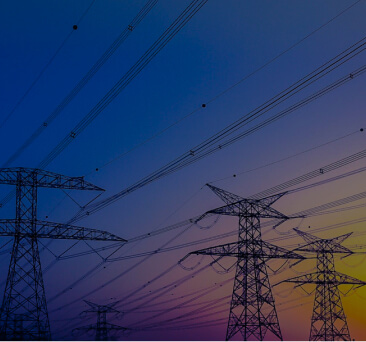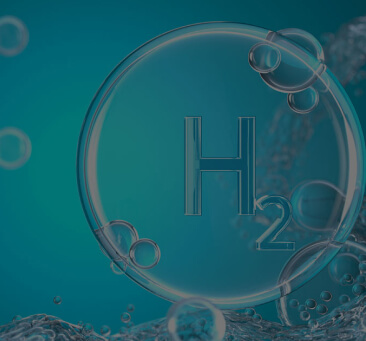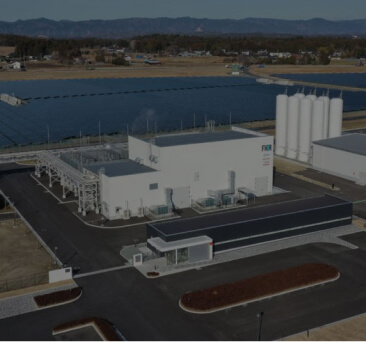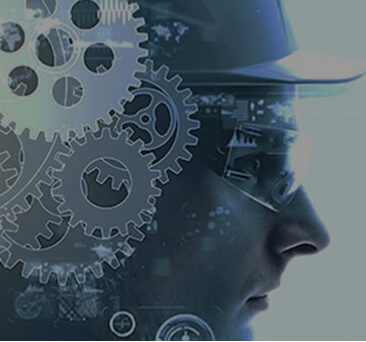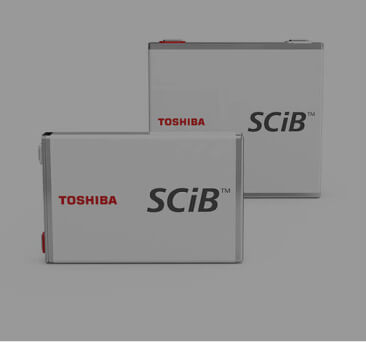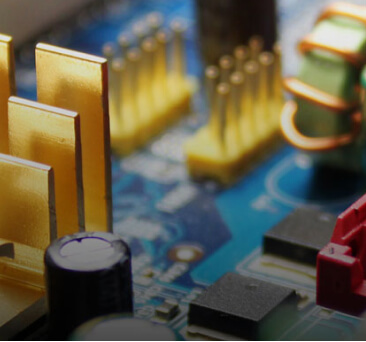Global demand for energy is skyrocketing. Advancing digitization is the main catalyst for this period of rapid growth as electrification spans the world’s industries, products and services.
The Internet of Things (IoT) sits at the heart of this rise in demand. With an estimated 8.4 billion internet-connected devices on the market in 2017, this figure is predicted to hit the 20 billion mark by 2020.
With higher rates of internet connectivity comes more information, and this increase must be managed by the world’s data centers. However, data centers already produce 2% of the world’s greenhouse gases and a carbon footprint on par with the entire airline industry.
How can we combat the sharp increase in electricity demand? Power devices have the potential to make significant contributions to energy conservation.
Power devices already play a vital role in our day-to-day lives, enabling a vast range of electronic products and digital services. Unlike the low-power semiconductors you’ll find in your everyday gadgets and appliances, power devices are used in a variety of high-power applications in the field of power electronics.
For example, they are currently used to supply power to electric trains, run electric vehicles, to convert solar and wind power into electricity and to connect high-voltage direct current systems.

Power devices also provide extensive energy savings to the market.
They work by switching electric circuits to control the flow of electrical energy, replacing the less efficient and bulky switches currently in use. Consequently, power electronics create incremental improvements in energy efficiency, with power devices predicted to reduce global energy use and cut greenhouse gas emissions by more than 80% by 2050.
From drones in the logistics sector to robotics in healthcare, digitization will also bring power devices into a wider range of industries and emerging application areas. With more than 75 billion IoT devices predicted to be available by 2025, the power savings provided by power devices in such emerging applications are of paramount importance.
Professor Vassilios G. Agelidis, a world-leading expert on power devices from the Center of Electric Power and Energy at the DTU, said: “All of these solutions, services and products will be enabled by power semiconductors and power electronics. Therefore, we can only hope that the sky is the limit for these technologies as they will continue to make our life better, more enjoyable [and] healthier.”

A change of perspective
The value of power devices is measured by factors including configurability, durability and, most importantly, energy efficiency.
This represents a new way of thinking for the world’s power electronics companies, where they now need to concentrate more on improving the energy efficiency of power electronics, as opposed to focusing solely on processing power.
Power electronics companies are now developing their technologies, materials and processes, device architecture and technology co-optimizing to achieve the necessary energy efficiencies.
While a massive amount of energy can be conserved by improving the efficiency of each power semiconductor, we can’t look at them in isolation.
Power electronics is a complex and multidisciplinary technology, which has a much wider role to play in society. If we can improve the efficiency of power devices, we can improve our energy conservation efforts across the entire energy lifecycle.
Professor Agelidis explained: “Power electronics and applications of such technology can help us build a better infrastructure. There is no doubt about that. However, like anything else, all industries have to understand the technology, to a certain degree, and also develop strategies of how to adopt such technologies and how to integrate them into their own infrastructure.”
In other words, companies need to understand and integrate power devices across their own production processes. Toshiba, for example, is taking a holistic approach to power electronics to cover the entire gamut of its electrical production. From generating electricity to transmission and distribution, Toshiba is pursuing an overall increase in efficiency of power electronics.
Such innovative work is a sign of things to come as a more comprehensive ‘silicon to services’ model emerges, where power electronics are integrated from the data center to the mobile edge. As a result, a vast range of traditional high-power and novel IoT-based applications will hit the market with improved energy efficiencies that are enabled by power devices.


